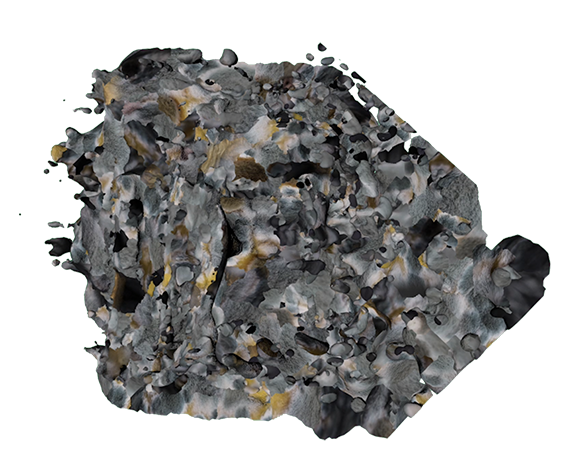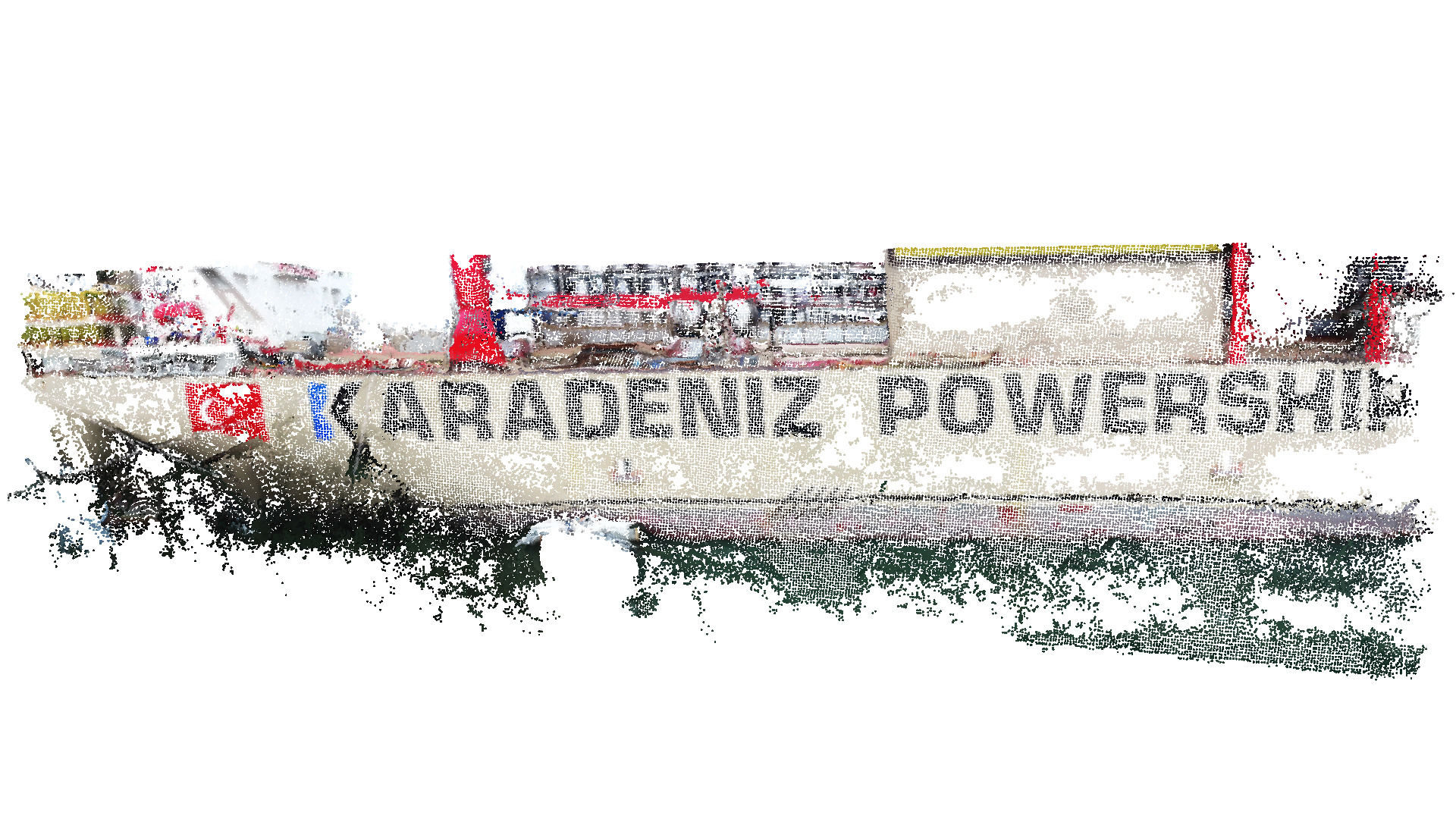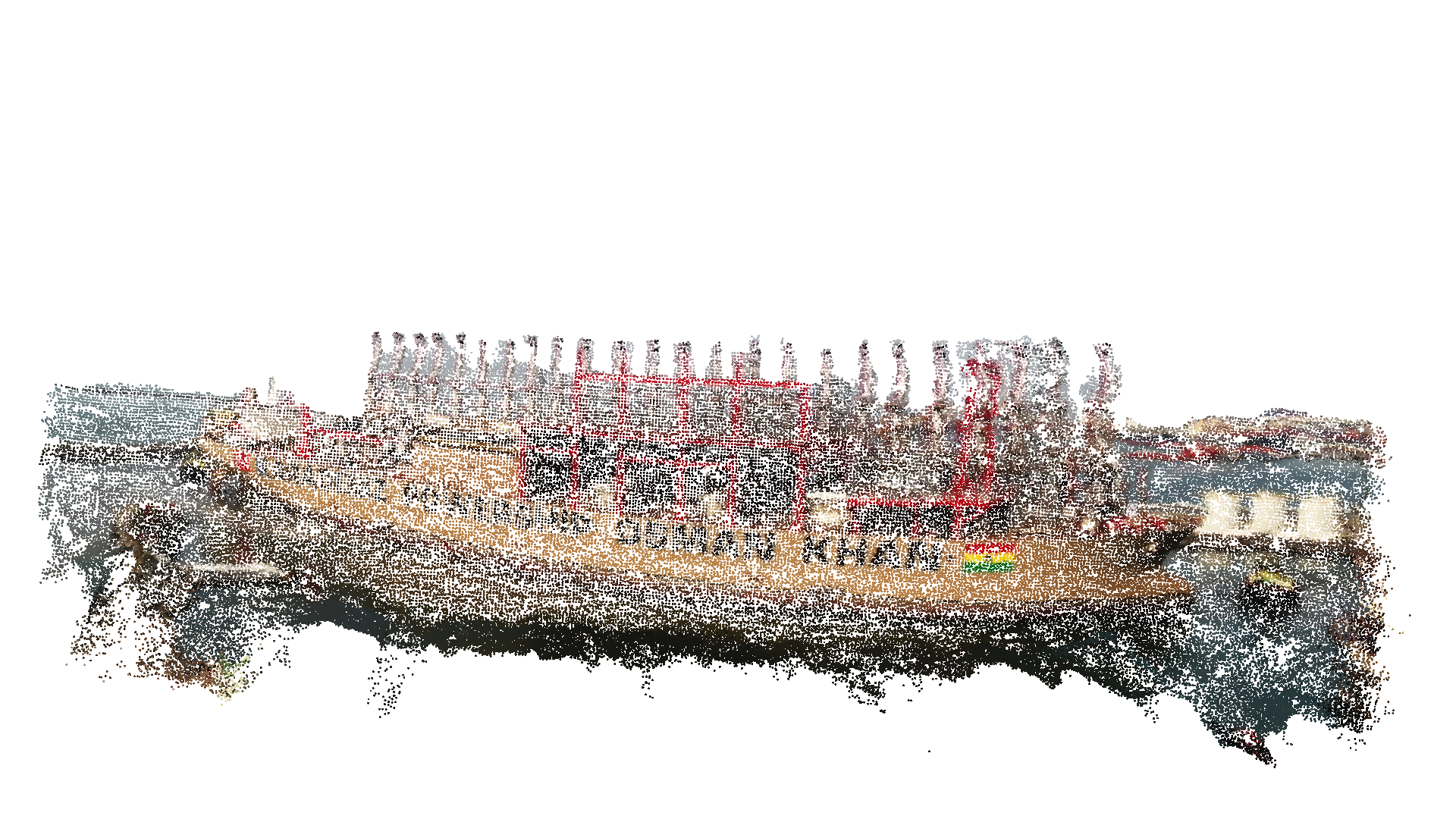 Royal Wholesale
Royal WholesaleI recorded a conversation with my mother describing a photograph of her and my grandmother in Buguma (Nigeria) when she was a little girl. She tells me the history of Kalabari cloth and the style in which people wore cloth in Buguma. From her description, I recreate the Madras material but using British fabric. The video is presented as a split screen to show the visual conversation between my mother and myself. One side of the video shows me pulling thread away from the Union Jack. This is a technique called Pelete Bite it is a Kalabari technique where you cut-thread and pulled-thread from cloth .The other side shows me making another madras/tartan material using the West African batik technique.
The piece is a reaction from the Victoria Memorial which is located on Mall in London. I found that funding for the memorial was gathered from around the British Empire. A number of tribes from West Africa sent goods to be sold towards the fund. One of the main trades of goods at this time was cloth, and it was used a currency at times. West African cloth can be used to commemorate a certain person, event, and even a political cause.
In reverse of goods sent to Britain, I want to recreate a fabric for my mother. In my piece, I am questioning the history of Kalabari fabric, particularly as it has a huge resemblance to British Fabric. This to me highlights how Nigeria was colonised and that the fabric that Kalabari people wear is actually British.
In addition to Kalahari fabric, I recall that many West African markets sell Dutch Wax print. Dutch Wax print is designed and manufactured in Belgium and exported to Africa. This is cheap and mass-produced, and it has hugely affected the production and trade of West African fabric. The Title ‘Royal Wholesale’ is from a shop sign in Wentworth Street in Aldgate which sells Dutch Wax Print.
I continued to experiment with recreating Kalabari fabric from the conversation with my mother and additionally deconstruct British fabric.



